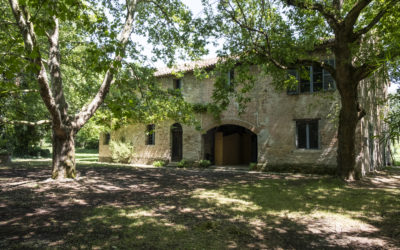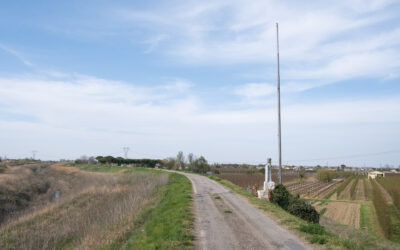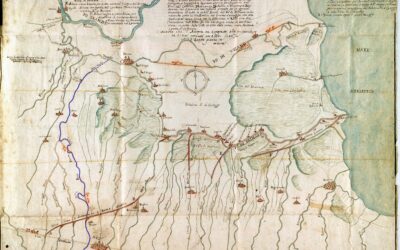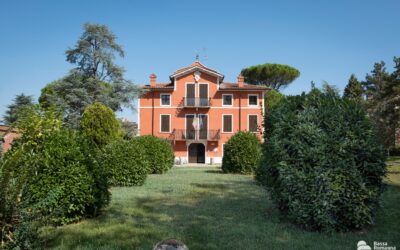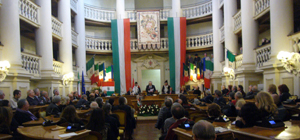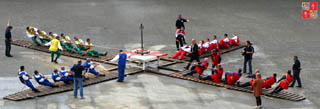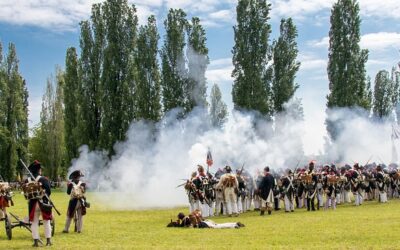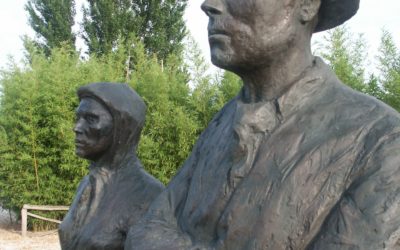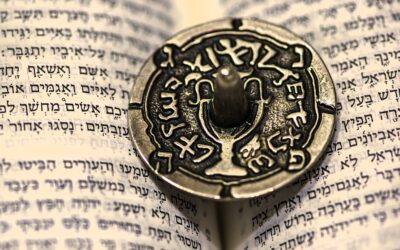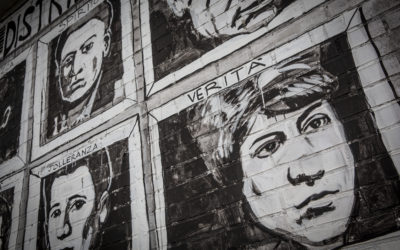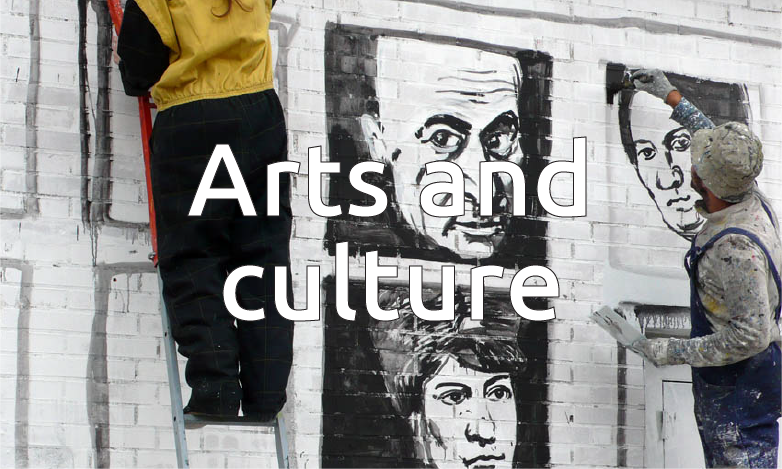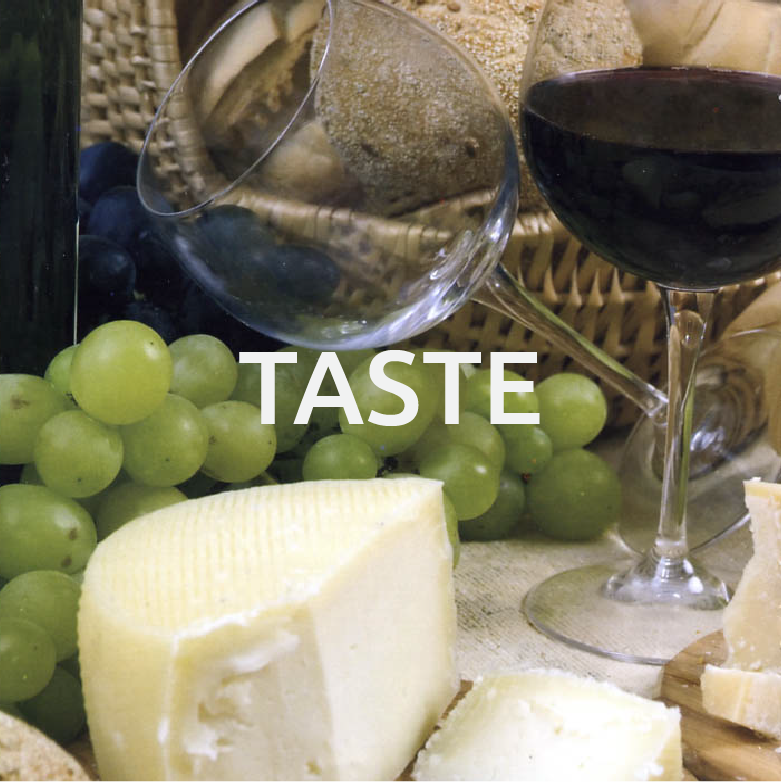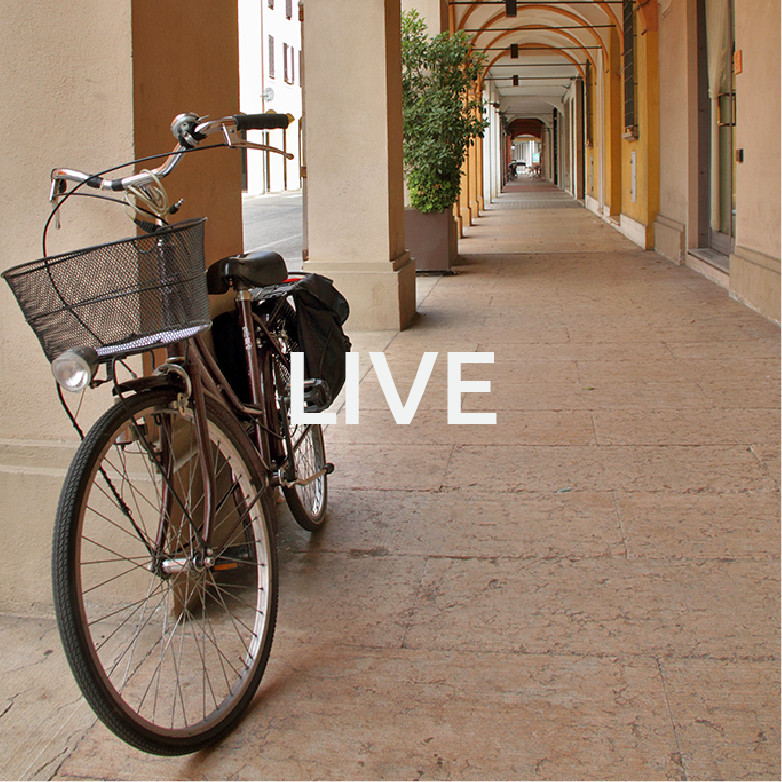History
LA CASA DELL’AGNESE
The house of Agnese is a typical end of XIX century country house, perfectly preserved in its main features (brick and mud walls, traditional roof and ceilings) and it’s accessible to the public only on the ground floor. In the barn there’s an exhibition of farming tools and rural everyday life objects. The wide shaded yeard has other traditional buildings for farm animals, for everydaylife and to bake bread.
Memorial stones, steles, monuments of the itinerary “Landscape memory”
The "Landscape memory" itinerary is a route through the territory that was a strategic location during the last stages of the Second World War. We are now going to explore the stories linked to some of the memorial stones, steles and monuments as they appear along the...
The territorial configuration, the river network and the water basins of Bassa Romagna
The territorial configuration, the river network and the water basins of Bassa Romagna The territory of the so-called Bassa Romagna historically coincides with Romagna Estense, which in the 15th and 16th century belonged to the Duchy of Ferrara, with Lugo as its...
CACCIAGUERRA-ORTOLANI VILLA AND STABLES
Ortolani Villa and Stables in Voltana were originally called Cacciaguerra. In the plate found on the pillar at the entrance we can also read Montagnola, a word that indicates the name that was originally given to Voltana central area, and which is still used today by the elderly in memory of the hill on which the first nucleus of the town arose. Such hill probably formed from sediments or the remaining part of a bank of the Santerno River, the watercourse of which long ago was on what is today Via Fiumazzo.
IL TRICOLORE
The Tricolore or Italian Tricolour Flag was born on 7th January 1797. It was designed and suggested by Giuseppe Compagnoni from Lugo.
CONTESA ESTENSE
The Contese Estense is a folklore event which takes place every year in the week around the 15th of May, which is the celebration day of Sant’Ilaro, patron saint of Lugo.
THE UPRISING AND LOOTING IN LUGO
The uprising and looting in Lugo is an episode that happened between June 30 and July 8 1796 as a result of the locals’ revolt against the French army.
THE WORK AND PAY DEMANDS OF RICE WEEDERS
In 1890 a serious event happened in Conselice. On May the 20th and 21st a group of rice weeders gathered in the square Piazza Maggiore and demanded more dignified work conditions and higher salaries. The protesters headed for the municipality, but security guards reacted with violence and shot at the workers; three were killed, two women rice weeders and a man.
LUGO’S JEWISH COMMUNITY
Father F. Girolamo Bonoli, author of Storia di Lugo, maintains that a Jewish community settled in Lugo in the 13th century; their arrival might be linked to the flourishing market and economy of the town, which required cash flow. Jewish people lived alongside locals in various areas of Lugo.
COTIGNOLA, TOWN RIGHTEOUS AMONG THE NATIONS
Between the autumn of 1943 and the spring of 1945 a group of Jewish escaping racial persecutions found shelter in Cotignola. They arrived in this town for different reasons and with diverse personal histories, but they were all desperate and on the run; thanks to an amazing network of protection and solidarity they all managed to survive.

